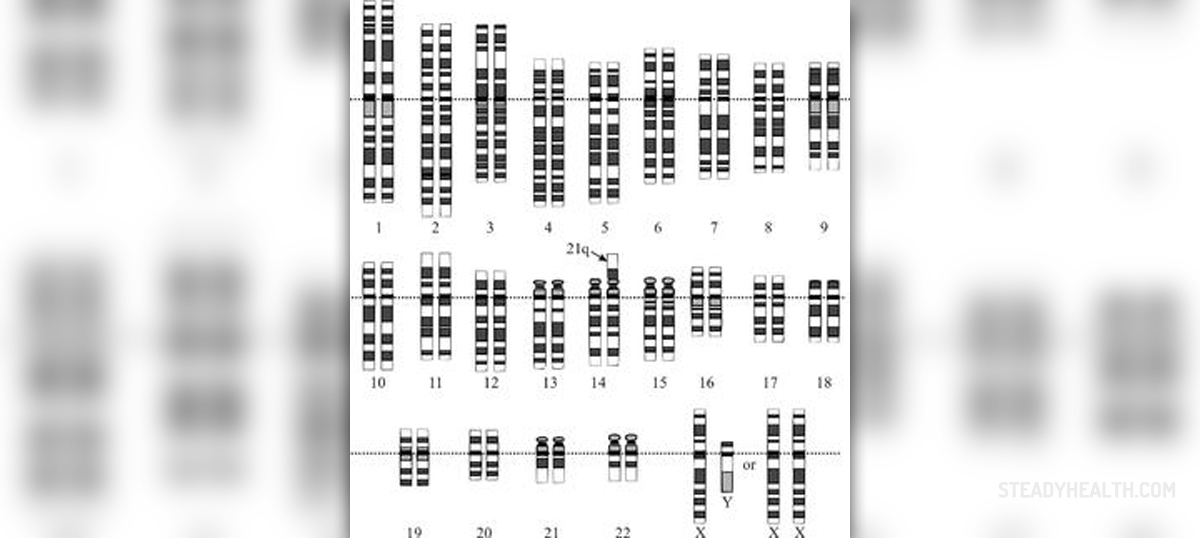
Down syndrome is a genetic disease that occurs as a chromosomal condition caused by the presence of an extra 21 chromosome. Chromosomal conditions, or chromosomal abnormalities, usually appear as a structural abnormality in one or more chromosomes. These problems typically appear due to errors in cell division, and they are classified in two major groups: as numerical and structural abnormalities. Down syndrome occurs as a type of numerical abnormality, which occurs when there are more than two chromosomes in a pair. More precisely, people with Down syndrome have three copies of chromosome 21, rather than two. This is why this condition is also known under the name trisomy 21.
Human chromosomes
Chromosomes are organized structures of DNA, and protein found in cells. Genetic traits are passed through se chromosomes while autosomes contain the rest of hereditary information. Humans normally have 46 chromosomes, or 23 pairs or large linear nuclear chromosomes. Twenty-two of these chromosomes are autosomes, and there is a single pair of sex chromosomes. People with Down syndrome have some extra genetic material, in the form of one additional chromosome 21. The effects and extent of this extra copy of genetic material varies greatly among affected people and causes various degrees of physical and intellectual impairments.
Down syndrome genetics
As already mentioned, the extra chromosomal material can come about in a number of different ways. The most common cause of Down syndrome is Trisomy 21, responsible for about 95% of all cases of Down syndrome. As already explained, trisomy 21 is caused by an extra copy of chromosome 21, and 47 chromosomes in total, instead of normal 46.
Another common form of Down syndrome is called mosaicism. Cells within the same person have a different genetic makeup in this condition. Mosaic Down syndrome is responsible for about 2 to 4% of all cases of this condition. When a patient has more than one type of chromosomal makeup that is called mosaicism. It actually means that some of the cells in patient’s patient's body may have trisomy 21, while the others the typical number of chromosomes.
Robertsonian translocation is also a form of Down syndrome. It happens when the parts of chromosome 21 fuse with another chromosome, picking up some extra genetic information. This common form of chromosomal rearrangement occurs in the five acrocentric chromosome pairs: 13, 14, 15, 21, and 22. People affected with Robertsonian translocation will pass this extra genetic material from chromosome 21 to their offspring, which causes Down syndrome. Robertsonian translocations occur in 3% to 4% of Down syndrome cases.




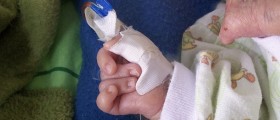


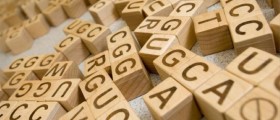
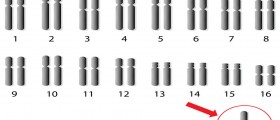


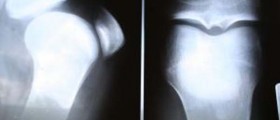




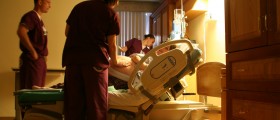
Your thoughts on this
Loading...